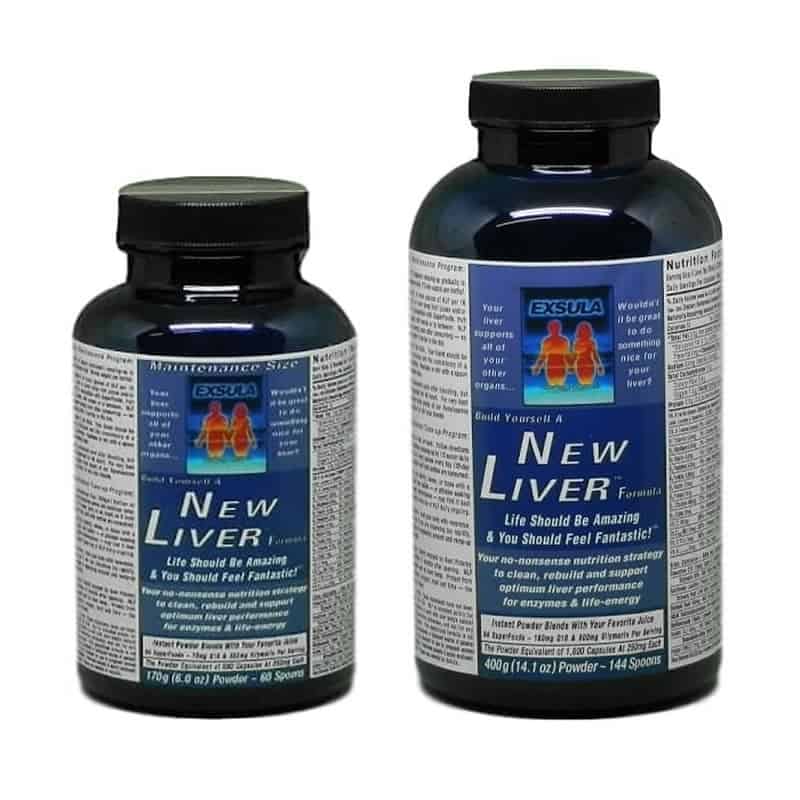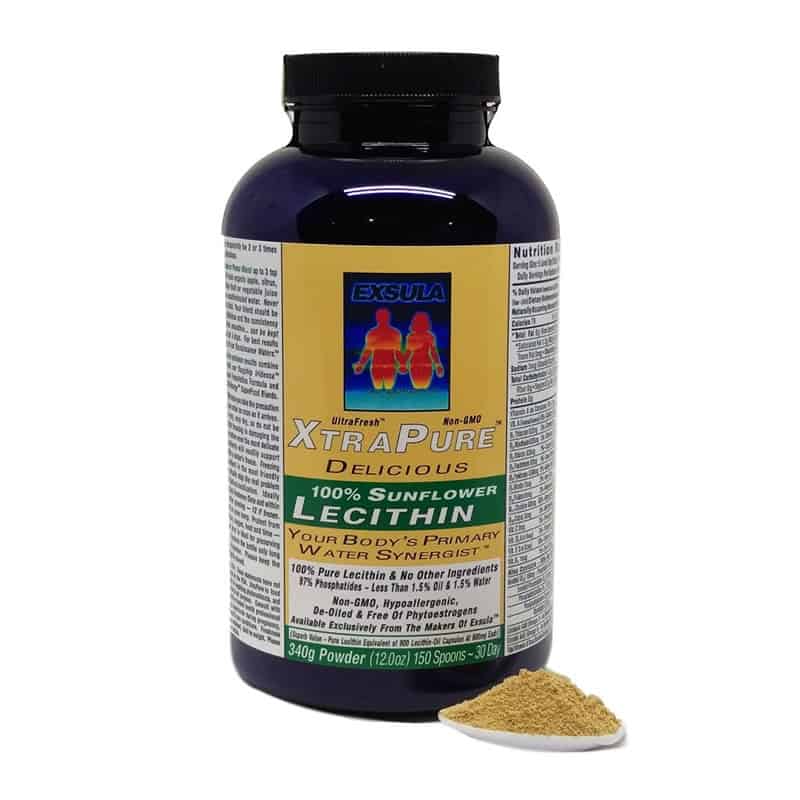No products in the cart.
Liver Functions
Summary
Your liver is the second largest organ in your body (second only to your skin) and it is also the most abused. Responsible for over 100 known functions, the liver is a marvel of chemical precision with diverse abilities:
- master chemist
- supply office
- fuel storage facility
- housekeeper and poison control center.
In ancient times, the liver was considered the seat of the soul and therefore the most important organ of the body. In traditional Chinese Medicine it is designated as the dispenser of “chi,” the life force. (In Western terms, it can be explained in relation to the thyroid hormone, thyroxin, being used by the liver to generate metabolism.) The liver is the second largest organ of the body (second only to the skin) and, undoubtedly, the most abused. Responsible for over 100 known functions, the liver is a marvel of chemical precision with diverse abilities: master chemist, supply office, fuel storage, housekeeper, and poison control center.
The master chemist portion of the liver metabolizes proteins, fats and carbohydrates providing energy and nutrients for the other systems of the body. It creates bile to help emulsify fats making them easier to break down into their fatty-acid components, works to maintain electrolyte (magnesium/calcium and potassium/sodium) levels, is involved in the formation and breakdown of blood and helps to maintain water balance by producing serum proteins.
As a supply office, the liver will provide extra blood on demand in case of a critical situation. It also stores fat-soluble vitamins A, D, E and K. As a fuel storage facility, it stores B vitamins, minerals and sugars. The latter are stored as a reserve sugar called glycogen which is meant to be released when blood stores of available glucose become low due to exercise, stress or delayed eating.
As the housekeeper and poison control center, the liver is the major detoxifying organ of the body, the liver is responsible for filtering the blood and removing harmful bacteria and chemicals including the breakdown and elimination of excess hormones. This function of your liver has been dramatically overburdened within the last two generations because of the impact of our polluting technologies and lifestyle habits: unending stress, poor diet, alcohol & drugs and environmental toxins. It is by this means that we have wreaked havoc on this amazing organ and contributed more to our “dis-ease” than ever before in our species’ sojourn upon this planet.
We have been blessed with a remarkably resilient and faithful servant, but how long it can stand this abuse is a critical question as your faithful loyal friend, protector and lover, the liver, puts up with it all. Believe me, your liver LOVES you. It works so hard to make things right and good and comfortable for you. But after a time, subject to insult after insult, the liver can become “deranged.”
How would you know if your liver is “deranged?”
Chinese medicine has a very elaborate list of liver symptoms. Western-trained doctors will be in a swoon trying to make “clinical sense” of this list. Chinese medicine is a system that requires of Westerners a repatterning of the brain. The first step is surrender. The second step is observation.
The liver expresses itself through the eyes. Red, inflamed conjunctiva and sclera, watery, painful, feeling of sand in the eyes, blurred misty vision, film over the eyeballs and guck in the corners are all signs of liver imbalance. The amount of life and vitality that the eyes reflect is a very good indication of liver health. A dull, listless, unfocused or tired look signifies problems. Peace, compassion, love, mirth and joy are states of being that the eyes convey when the liver is healthy.
If the liver is not “watering the yin” or not able to disperse nutrients properly ligaments and tendons become tight. There is very limited flexibility. Knees, shoulders, hips and other joints do not articulate well. Aching joints upon waking in the morning and arthritis also fall into this category. The nails reflect the quality of the liver. Split, flaking, ridged, pale or brittle nails indicate liver disharmony.
Painful swelling of the breasts and pain on the left and right sides of the body in the lower rib area indicate a potential liver problem. A bruised or full tightness of the area just under the lower curve of the bottom ribs on the right side of the body is a good indication of liver problems by Western criteria.
Headaches, and in particular a “liver full” headache (this type of headache involves sharp excruciating pain, nausea and vomiting) vascular, unilateral headaches called migraines, flushed face, bright “apples” in the cheeks, hot flushed feeling, and hot flashes are “liver excess” symptoms. Acne, psoriasis and eczema, clear to white mucous discharge from the nose typical of allergies and hayfever, also ringing in the ears, middle ear infection (otitis media), and dizzy spells are also linked to the liver.
Bitter taste in the mouth, dry mouth, a craving for sour foods: green apples, lemons or vinegars, indicate an irritated liver. According to folk and Chinese medicine, sour will soothe the liver and appears to be the reason for the craving.
Waking between 1 and 3 a.m., sometimes sweaty and agitated, and unable to return to sleep for sometime, is a form of insomnia typical of liver dysfunction. Centuries ago, the Chinese developed a “celestial clock”, based on when the flow of energy is at its peak for each organ system. According to this clock, and Western clinical research, the liver is most active at these early morning hours. Waking at this time is recognized by some physicians as a typical symptom of stress and Chronic Fatigue Syndrome (CFS). In CFS, the liver is inflamed. Because of this, the liver responds to normal daily rhythms of function with excess activity.
The liver would like to wind down from 3 p.m. until Midnight. Bile production is at its lowest rate in the late afternoon into the evening. This is the root of the practice in rural and traditional areas of the world that the main meal of the day is eaten midday with a light meal in the evening and signifies an innate wisdom that has been lost as the Industrial Age has progressed. At near midnight, bile production is increased and in cases where the liver is inflamed, the patient will be disturbed by this increase of liver activity causing the patient to wake and be unable to fall back to sleep immediately. The “liver-friendly” practice of retiring early and rising early is reflected in the liver’s physiological rhythms. Liver repair is only successfully accomplished when the patient sleeps. The need for good adequate rest for healing becomes apparent. Late evening meals and keeping late hours regularly burden the body dramatically, especially as the body ages.
Fatigue, irritability, lack of determination, being easily upset, short tempered, feeling nervous sensitivity and attention to trivial matters are all psychological “states of being” associated with an aggravated or depleted liver. The emotion typically associated with the liver is anger, flashing, aggressive outbursts or just a plain mad-at-the world attitude. Dreaming of war, fights, fighting and destruction are liver symptoms that reveal themselves while we sleep.
Fear of exercise, making excuses or not desiring to commit to an exercise routine or not wanting to be involved in physical activity; depleted sexual desire, white, mucousy, fishy smelling discharge of the vagina, whitish discharge of the penis can also be indicative of liver problems. Menstrual activity is greatly influenced by the health of the liver which means that menstrual irregularities including excessive bleeding, cramps, light menses or the lack of menses all have a liver connection.
This is a partial list of symptoms associated with liver pathology. In Chinese medicine, there are 6 main possibilities of pathology or disharmony. Some symptoms from all the possibilities have been included. Not a single symptom mentioned above is considered a normal occurrence for a healthy body. Healing the liver means reducing toxic encounters in diet, emotions, environment and lifestyle.







